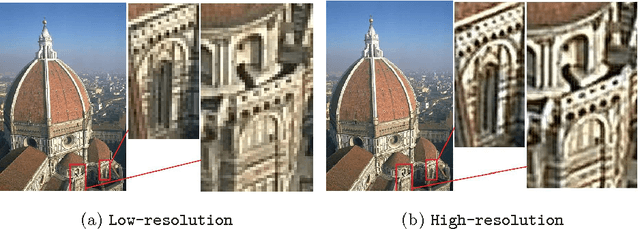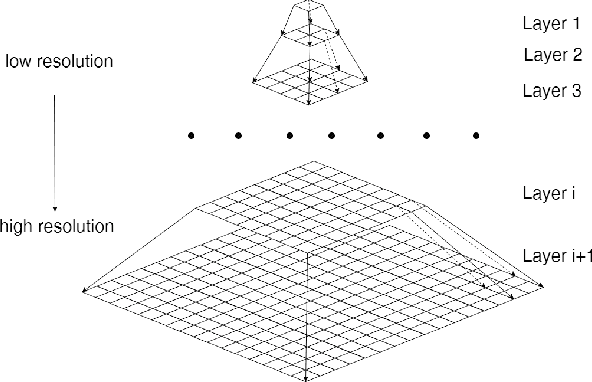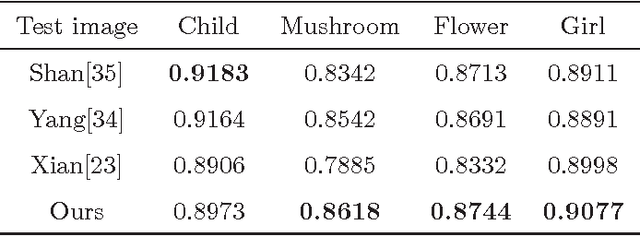Yanzhu Zhang
A Labeled Ophthalmic Ultrasound Dataset with Medical Report Generation Based on Cross-modal Deep Learning
Jul 26, 2024



Abstract:Ultrasound imaging reveals eye morphology and aids in diagnosing and treating eye diseases. However, interpreting diagnostic reports requires specialized physicians. We present a labeled ophthalmic dataset for the precise analysis and the automated exploration of medical images along with their associated reports. It collects three modal data, including the ultrasound images, blood flow information and examination reports from 2,417 patients at an ophthalmology hospital in Shenyang, China, during the year 2018, in which the patient information is de-identified for privacy protection. To the best of our knowledge, it is the only ophthalmic dataset that contains the three modal information simultaneously. It incrementally consists of 4,858 images with the corresponding free-text reports, which describe 15 typical imaging findings of intraocular diseases and the corresponding anatomical locations. Each image shows three kinds of blood flow indices at three specific arteries, i.e., nine parameter values to describe the spectral characteristics of blood flow distribution. The reports were written by ophthalmologists during the clinical care. The proposed dataset is applied to generate medical report based on the cross-modal deep learning model. The experimental results demonstrate that our dataset is suitable for training supervised models concerning cross-modal medical data.
Single image super-resolution using self-optimizing mask via fractional-order gradient interpolation and reconstruction
Mar 18, 2017



Abstract:Image super-resolution using self-optimizing mask via fractional-order gradient interpolation and reconstruction aims to recover detailed information from low-resolution images and reconstruct them into high-resolution images. Due to the limited amount of data and information retrieved from low-resolution images, it is difficult to restore clear, artifact-free images, while still preserving enough structure of the image such as the texture. This paper presents a new single image super-resolution method which is based on adaptive fractional-order gradient interpolation and reconstruction. The interpolated image gradient via optimal fractional-order gradient is first constructed according to the image similarity and afterwards the minimum energy function is employed to reconstruct the final high-resolution image. Fractional-order gradient based interpolation methods provide an additional degree of freedom which helps optimize the implementation quality due to the fact that an extra free parameter $\alpha$-order is being used. The proposed method is able to produce a rich texture detail while still being able to maintain structural similarity even under large zoom conditions. Experimental results show that the proposed method performs better than current single image super-resolution techniques.
 Add to Chrome
Add to Chrome Add to Firefox
Add to Firefox Add to Edge
Add to Edge